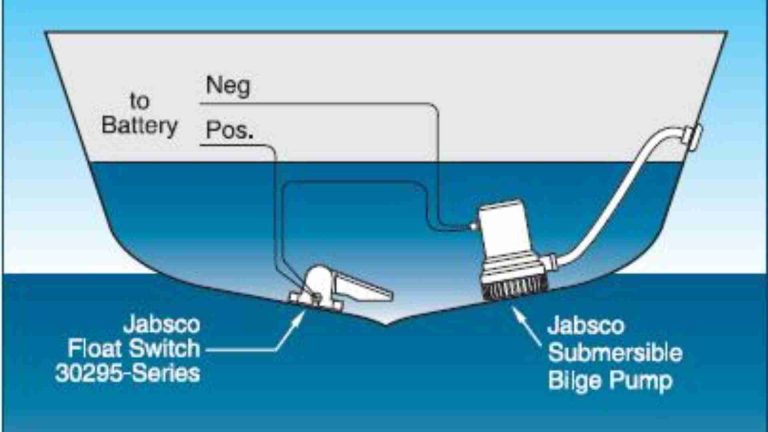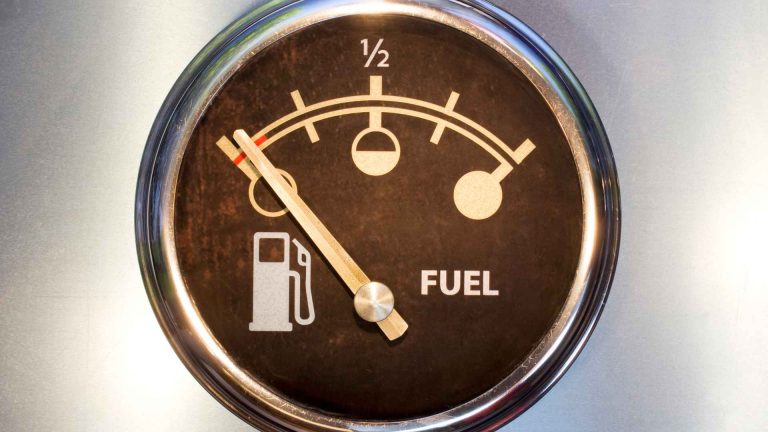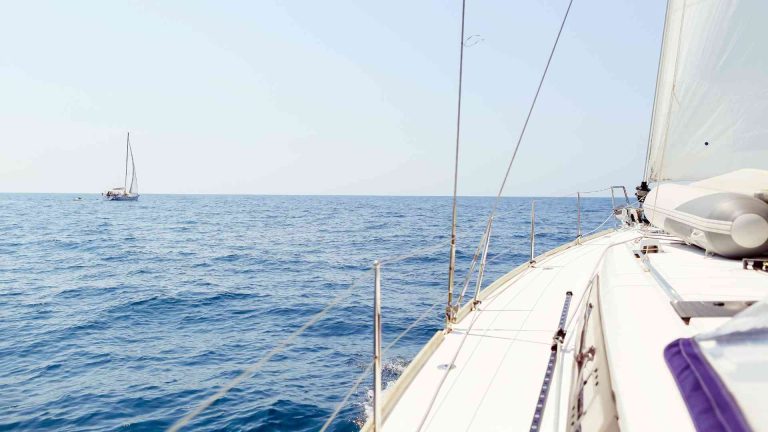How to Refuel a Boat Safely
Refueling a boat might seem like a straightforward task, akin to filling up a car at the gas station, but it comes with unique challenges and risks that demand careful attention. Boats operate in an environment where fuel spills can harm marine ecosystems, and gasoline vapors pose a heightened fire hazard due to their tendency to settle in enclosed spaces. Mastering the art of safe refueling is not just about keeping your vessel operational—it’s about protecting yourself, your passengers, and the environment. This comprehensive guide walks you through every step of the process, from preparation to post-fueling checks, while offering practical tips to conserve fuel and handle emergencies like spills.
Why Safe Refueling Matters
Boating is a beloved pastime for many, offering freedom on the water and a chance to unwind. However, the presence of flammable fuels like gasoline and diesel introduces risks that don’t exist in the same way on land. Gasoline vapors, for instance, are heavier than air and can accumulate in low-lying areas like the bilge, creating an explosive hazard if ignited by a spark. A single oversight—leaving an open flame unattended or skipping ventilation—could lead to disaster. Beyond safety, improper fueling can result in environmental damage, with legal consequences under laws like the Oil Pollution Act of 1990 and the Clean Water Act, which prohibit discharging petroleum into waterways. Understanding and following proper refueling procedures ensures a safer experience and helps preserve the waters we enjoy.
Step-by-Step Guide to Refueling a Boat
Refueling a boat involves a series of deliberate steps, each designed to minimize risks and ensure efficiency. Whether you’re at a fuel dock, a gas station, or using portable containers, the core principles remain consistent. Here’s how to do it right.
1. Preparation: Setting the Stage for Safety
Before you even approach the fuel pump, preparation is key. Start by securing your boat to the dock with strong dock lines to prevent movement during refueling. A shifting boat can lead to spills or accidents, so double-check that it’s stable. Next, shut off the engine completely—no idling allowed. Extinguish all open flames, including cigarettes, stoves, or grills, and avoid using electrical switches or devices that could generate a spark. Smoking is an absolute no-go during this process.
Close all ports, hatches, and doors to keep gasoline vapors from entering enclosed spaces. For added safety, ask all passengers to step ashore. This reduces the boat’s weight, minimizes distractions, and keeps everyone out of harm’s way. Finally, perform a quick visual inspection of the fuel system—check hoses, fittings, and the bilge for signs of leaks or damage. If you detect anything unusual, address it before proceeding.
2. Choosing the Right Fuel
Using the correct fuel is critical to your boat’s performance and longevity. Consult your owner’s manual to confirm the recommended fuel type, whether it’s gasoline, diesel, or a specific blend. Pay attention to ethanol content, especially if you’re filling up at a land-based gas station. Many modern boat engines can handle E-10 (10% ethanol), but higher ethanol blends can damage fuel lines and components over time. If you’re unsure, stick to what the manufacturer specifies—using the wrong fuel can void warranties and lead to costly repairs.
For two-cycle outboard motors, you’ll need to mix oil with the gasoline. The manual will provide the proper ratio (e.g., 50:1 or 100:1), so measure carefully to avoid engine issues. When in doubt, contact your boat dealer or look up the manual online.
3. The Refueling Process
With preparations complete, it’s time to fill the tank. Follow these steps to refuel safely and efficiently:
- Position the Nozzle: Remove the fuel cap and insert the nozzle into the fill pipe. Hold it firmly against the opening to ground it and prevent static electricity buildup, which could spark and ignite vapors.
- Fill Carefully: Squeeze the trigger to start the fuel flow, keeping a steady grip on the nozzle. Never use hands-free clips or lock the dispenser open—manual control is essential to avoid overfilling.
- Avoid Overfilling: Stop filling when the tank is about 90% full. Fuel expands in warm temperatures, and overfilling can lead to spills or pressure buildup. Listen for gurgling sounds, which may signal the tank is nearing capacity on some boats.
- Handle Spills Immediately: Keep an absorbent cloth or oil-only pad handy. If fuel spills, wipe it up right away and dispose of the material properly on land. Avoid using detergents, as they can cause fuel to sink into the water, harming marine life.
- Secure the Cap: Once finished, replace the fuel cap tightly to prevent vapor leaks.
A common mistake is confusing the fuel fill with other openings, like water tanks or rod holders. Modern boats typically label the fuel fill clearly, but always double-check to avoid pumping fuel onto the deck.
4. Post-Refueling Checks
After fueling, don’t rush to start the engine. Open all ports, hatches, and doors to ventilate the boat and disperse any vapors. For boats with inboard engines or enclosed compartments, run the bilge blower for at least four minutes to clear out fumes. Outboard motors, lacking enclosed spaces, don’t require this step, but ventilation is still a good practice.
Perform the “sniff test” by checking the bilge and other low areas for gasoline odors. If you smell fuel, investigate for leaks and ventilate further until the air is clear. Only then should you start the engine. Once it’s running smoothly, invite passengers back aboard, untie the dock lines, and set off.
Special Considerations for Different Refueling Scenarios
The refueling process can vary depending on where and how you’re adding fuel. Here’s how to adapt to different situations.
Fueling at a Gas Dock
At a fuel dock, stability is less of a concern since the boat is in the water, but waves or passing boats can still cause movement. Ensure your dock lines are secure and keep the nozzle in contact with the fill pipe to avoid static sparks. Watch for drips, especially with personal watercraft (PWCs), which sit low to the water and are prone to small spills.
Fueling at a Gas Station
If you’re trailering your boat to a gas station, level the trailer to make fueling easier and reduce the chance of spills. Adjust the hitch or bunks if needed. Position yourself to see the fill pipe clearly, using a step stool if necessary to avoid straining. Be cautious of ethanol-blended fuels—check labels and opt for ethanol-free gasoline if your engine requires it.
Using Portable Containers
For boats with removable tanks (six gallons or smaller), take them off the boat and fill them on solid ground, like the dock or pavement, to prevent static buildup. Use a funnel to minimize spills and ensure the nozzle contacts the tank rim. After filling, secure the tank back on the boat to prevent it from sliding during transit. Store portable tanks in a cool, well-ventilated area away from sunlight and engines.
Fuel Types and Their Characteristics
Boats rely on various fuels, each with unique properties that affect safety and performance. Understanding these can help you choose the right one for your equipment.
| Fuel Type | Pros | Cons | Common Uses |
|---|---|---|---|
| Gasoline | Widely available, high energy output | Flammable vapors, spill risk | Outboard/inboard engines |
| Diesel | Safer fumes, efficient | Heavier, less volatile than gasoline | Larger boats, inboards |
| CNG (Compressed Natural Gas) | Lighter-than-air fumes, clean-burning | High pressure, explosive risk | Heaters, stoves |
| LPG (Propane/Butane) | High heat output, lower pressure | Heavier-than-air fumes, bilge risk | Stoves, grills |
| Kerosene | Reliable for heating, lighting | Must be clean, can clog burners | Heaters, lamps |
| Alcohol | Safe, extinguishable with water | Low heat output, slow to boil | Stoves |
| Electricity | No fumes, safe | High current demand, needs shore power | Appliances, HVAC |
- Gasoline and Diesel: Most common for propulsion, with gasoline requiring extra caution due to its volatile vapors.
- CNG and LPG: Used for onboard appliances, with LPG offering higher heat but requiring careful storage due to heavy fumes.
- Kerosene and Alcohol: Safer alternatives for cooking and heating, though they need regular maintenance to perform well.
- Electricity: Ideal for boats with generators or shore power, eliminating fuel-related risks entirely.
Handling Fuel Spills: Legal and Practical Steps
Spills happen, but how you respond matters. Under U.S. federal law, any oil or fuel spill that creates a sheen on the water must be reported to the U.S. Coast Guard at 1-800-424-8802. You’re also liable for environmental damage, so prevention and quick action are crucial.
If a spill occurs:
- Stop the leak immediately.
- Use oil-absorbent pads or booms to contain it—avoid detergents, which worsen the problem.
- Notify your marina and the Coast Guard.
- For larger spills, contact your insurance provider.
Carrying a small spill kit onboard can help you manage minor incidents before they escalate.
Fuel Conservation Tips
Fueling a boat can get expensive, but a few habits can stretch your supply further while reducing environmental impact:
- Tune the Engine: A well-maintained engine burns fuel more efficiently.
- Check the Propeller: Use the right size and inspect for damage that increases drag.
- Clean the Hull: Remove marine growth to reduce friction.
- Distribute Weight: Avoid overloading and balance the load evenly.
- Drain Water: Remove bilge water before departure to lighten the boat.
- Throttle Smartly: Plane smoothly and cruise at moderate speeds.
Safety Equipment Checklist
Having the right tools on hand enhances safety during refueling:
- Fire Extinguisher: Ensure it’s accessible and rated for fuel fires (Type B).
- Spill Kit: Include absorbent pads and containment booms.
- Bilge Blower: Essential for inboard boats to clear fumes.
- Gas Detector: Useful for spotting lingering vapors in enclosed spaces.
Conclusion
Refueling a boat safely is a blend of preparation, precision, and vigilance. By securing your vessel, choosing the right fuel, following a careful filling process, and ventilating thoroughly afterward, you minimize risks and protect the environment. Whether you’re at a fuel dock, gas station, or using portable tanks, these steps apply universally, with slight adjustments for each scenario. Add in fuel conservation practices, and you’ll not only save money but also contribute to cleaner waterways. Boating is about enjoyment—don’t let a refueling mishap spoil the fun. With this knowledge, you’re ready to fuel up confidently and get back to the water.
Happy Boating!
Share Boat Refueling 101: How to Safely Refuel Your Boat with your friends and leave a comment below with your thoughts.
Read 10 Best Cities to Watch Fourth of July Fireworks by Boat until we meet in the next article.






